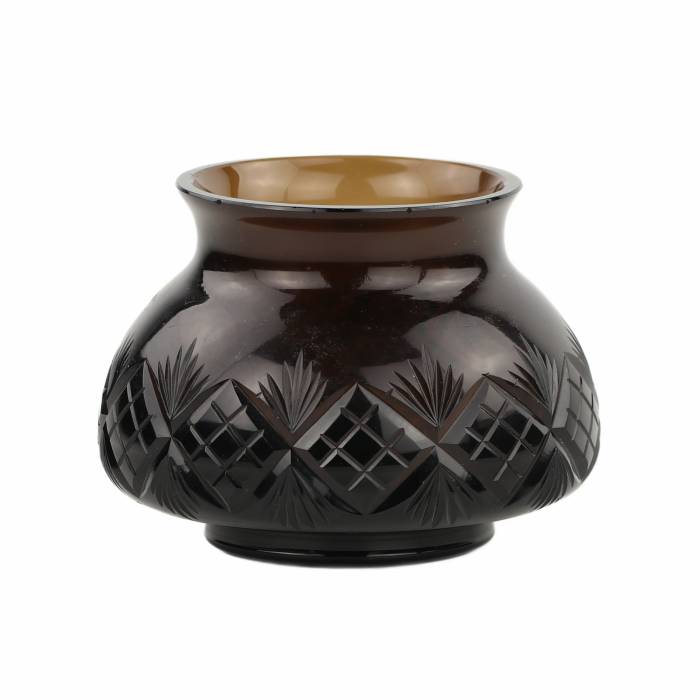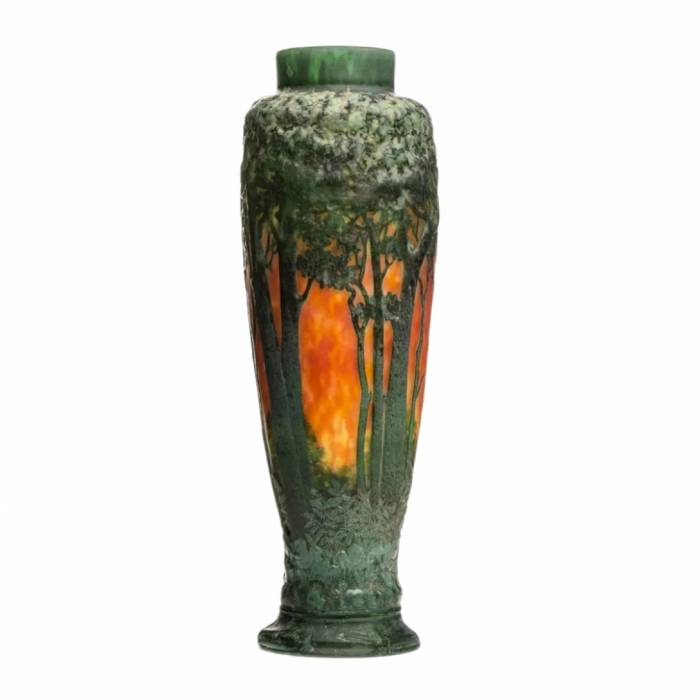
AntiqonART consultant will contact you within one business day after receiving your request.
Thank you for your request!
Our consultant will contact you soon.

AntiqonART consultant will contact you within one business day after receiving your request.











Historical background: The Imperial Porcelain and Glass Factories were among the leading enterprises of the Russian Empire, specializing in the production of elite porcelain and glass. The factories were founded in the 18th century by decree of the Russian emperors with the aim of developing domestic production of the highest quality products that could compete with the best European samples. In the 19th – early 20th centuries, the workshops of the factories created unique works distinguished by the finest processing, artistic painting and refined decor. Particular attention was paid to experiments with new techniques and materials, which made it possible to achieve exceptional results in the creation of artistic glass. Products of the Imperial factories were delivered to the court, decorated palaces and were in demand among the aristocracy, and today they are part of the largest museum collections in the world.










